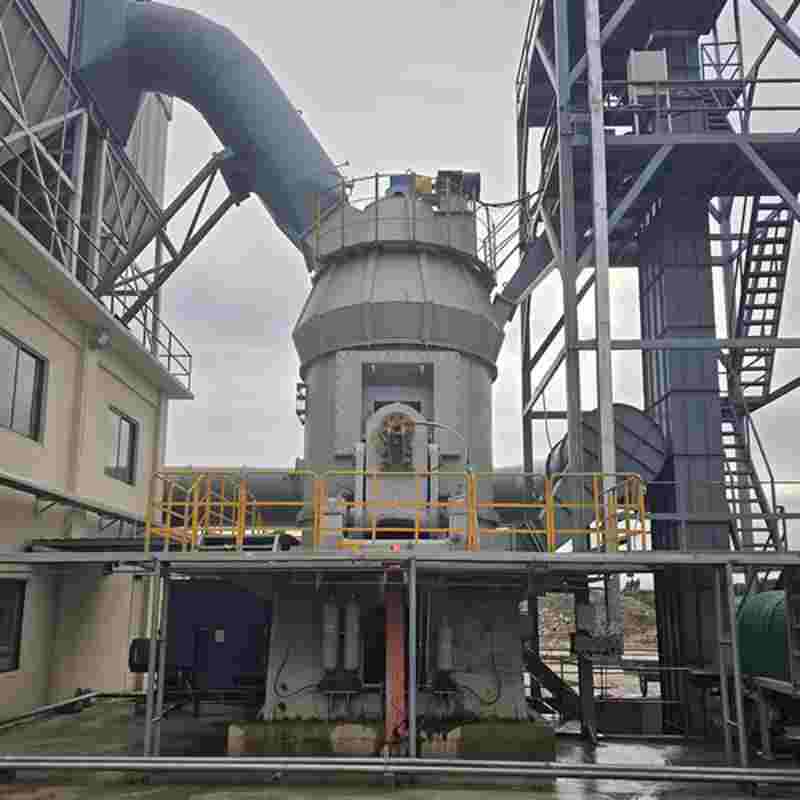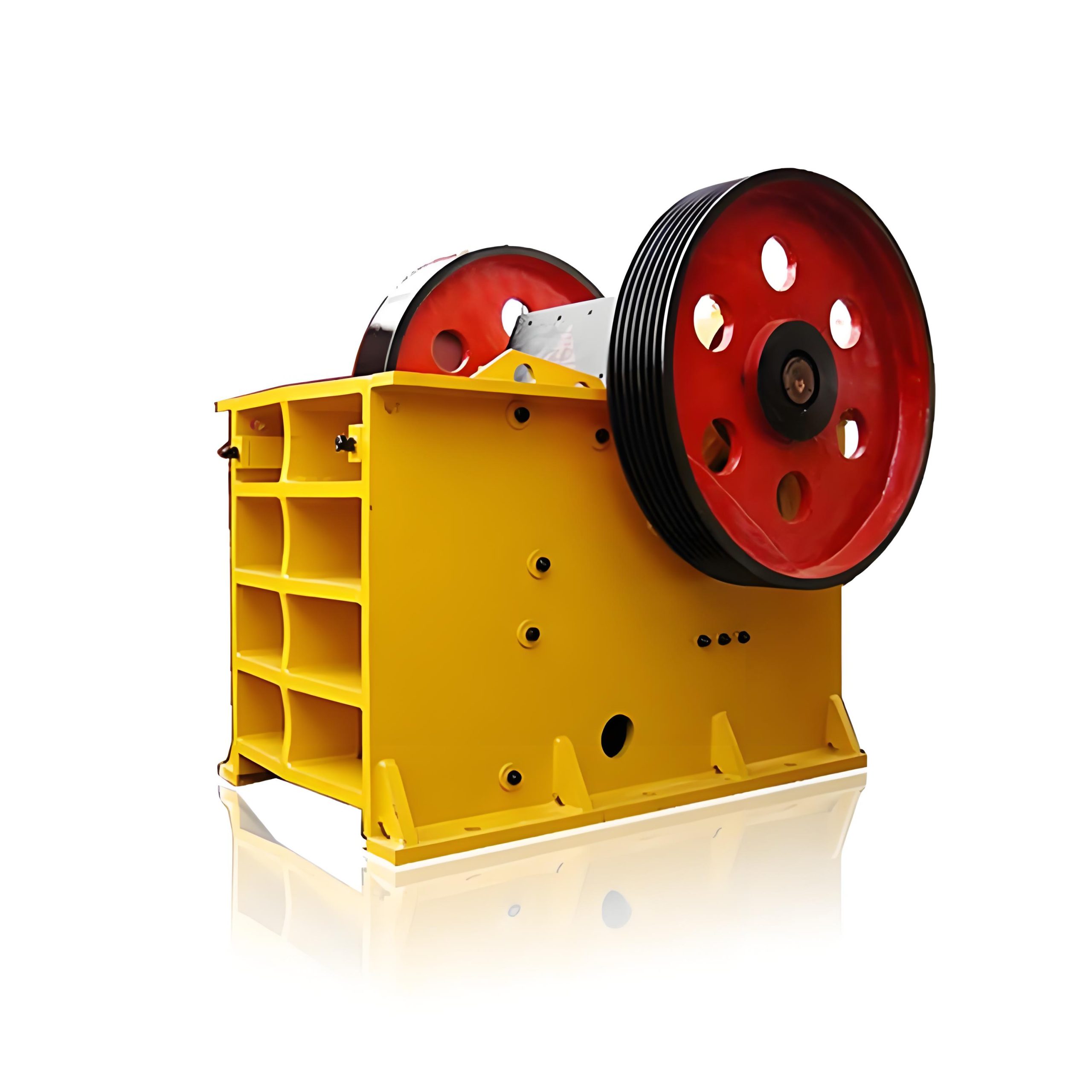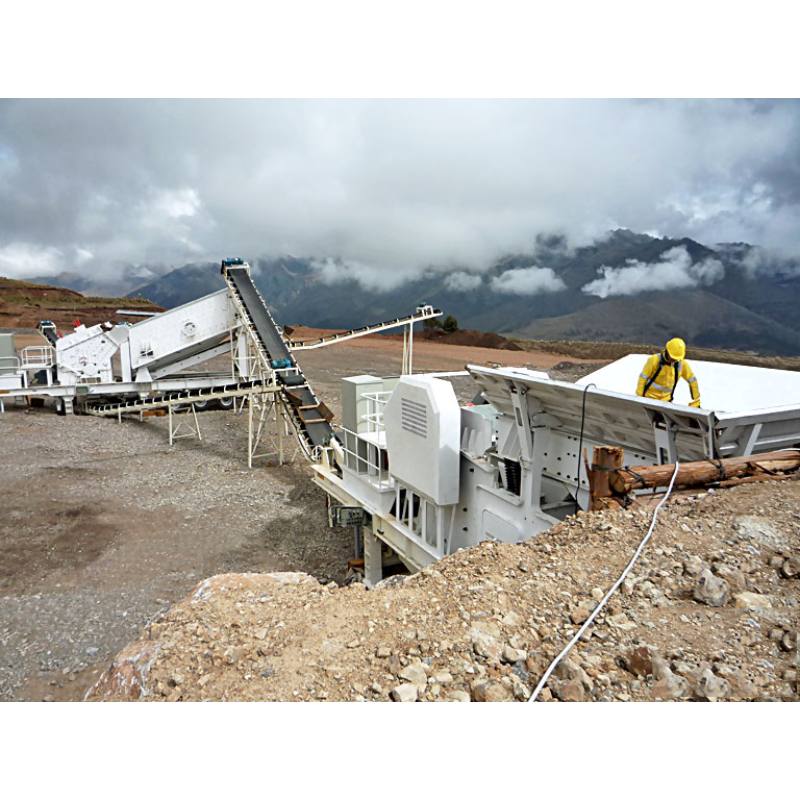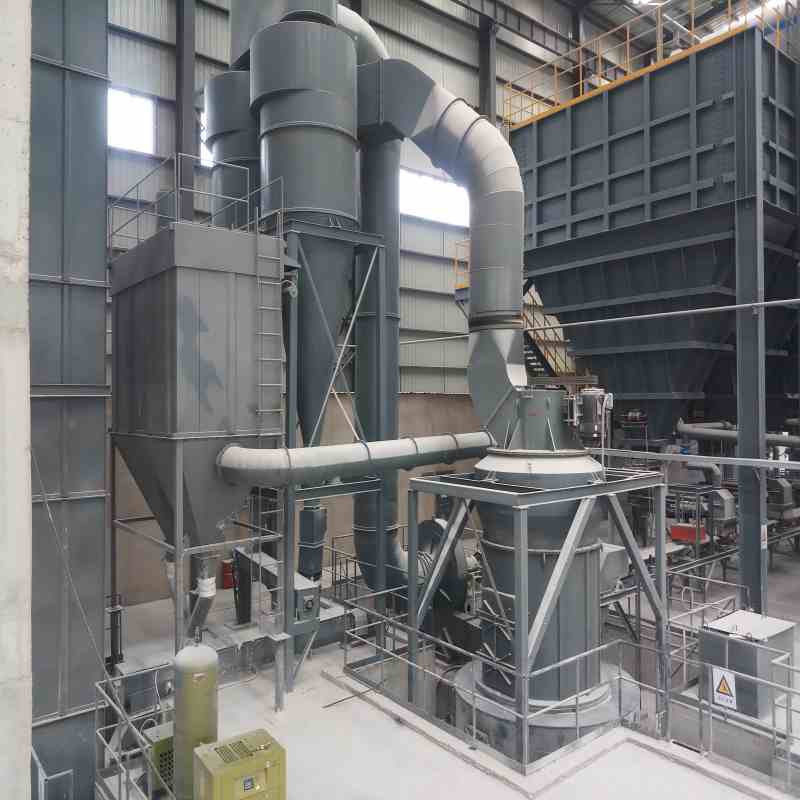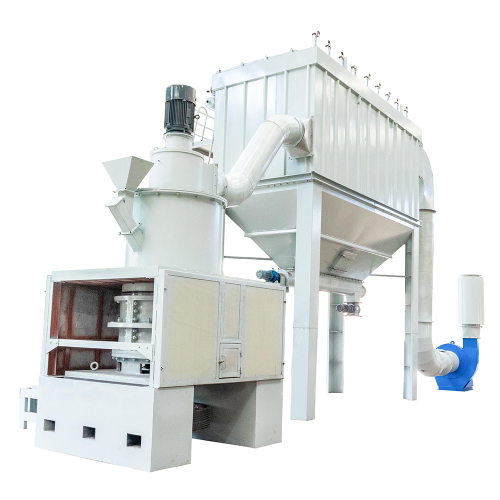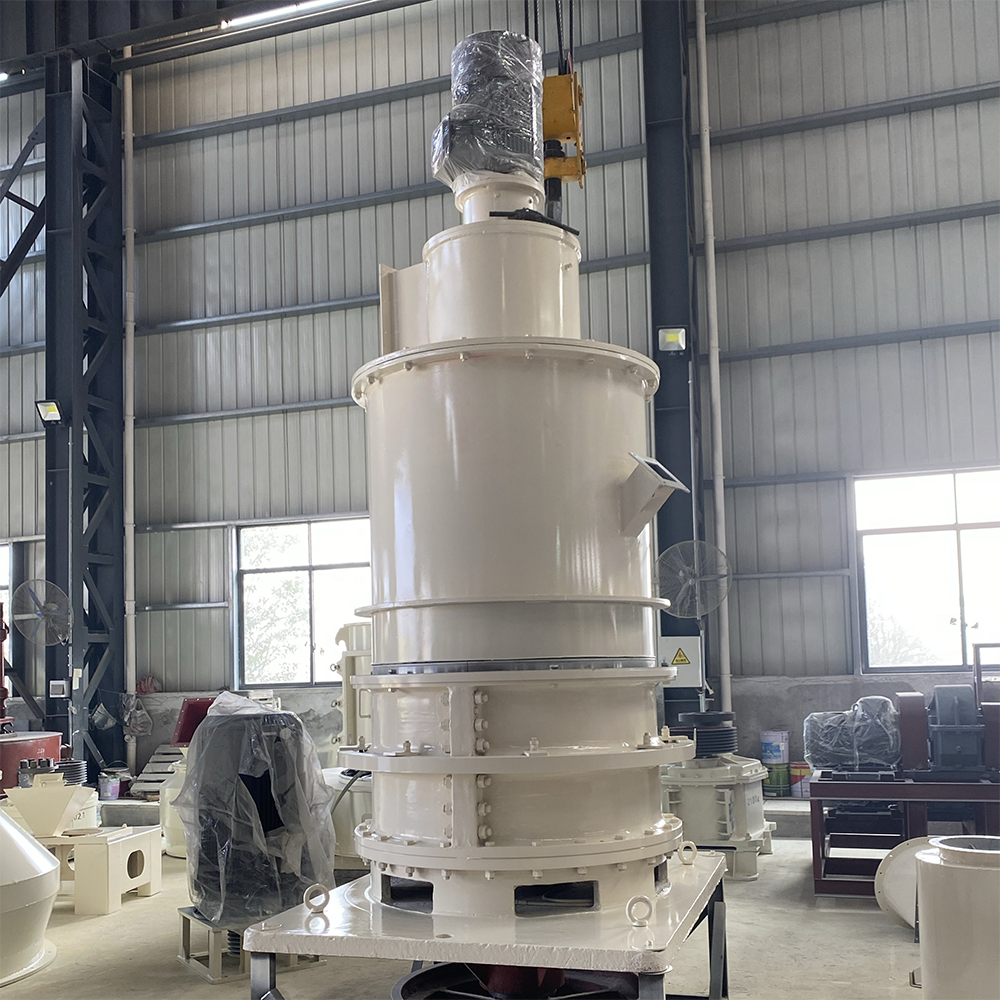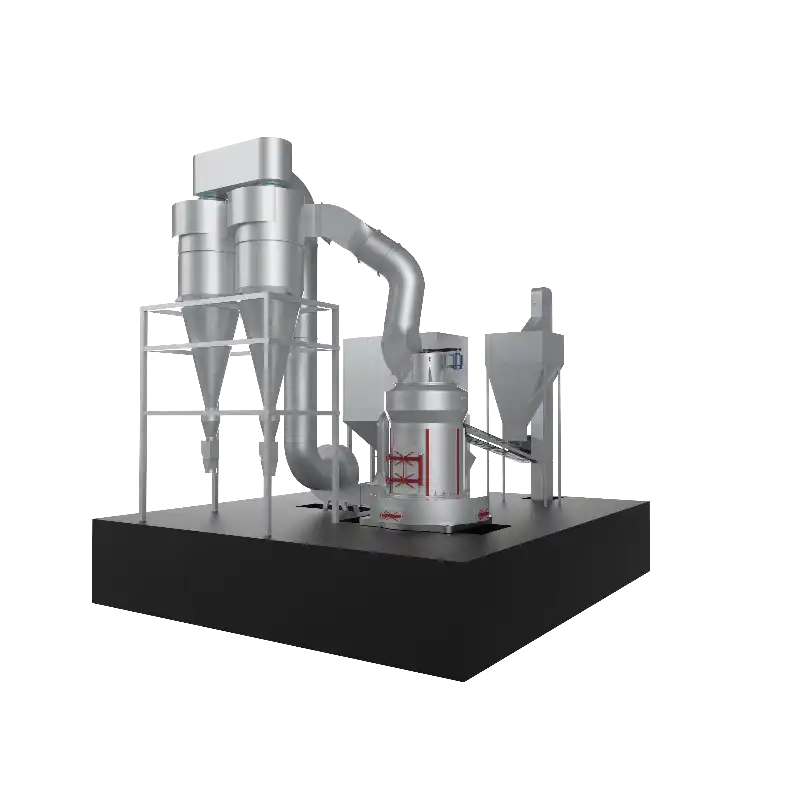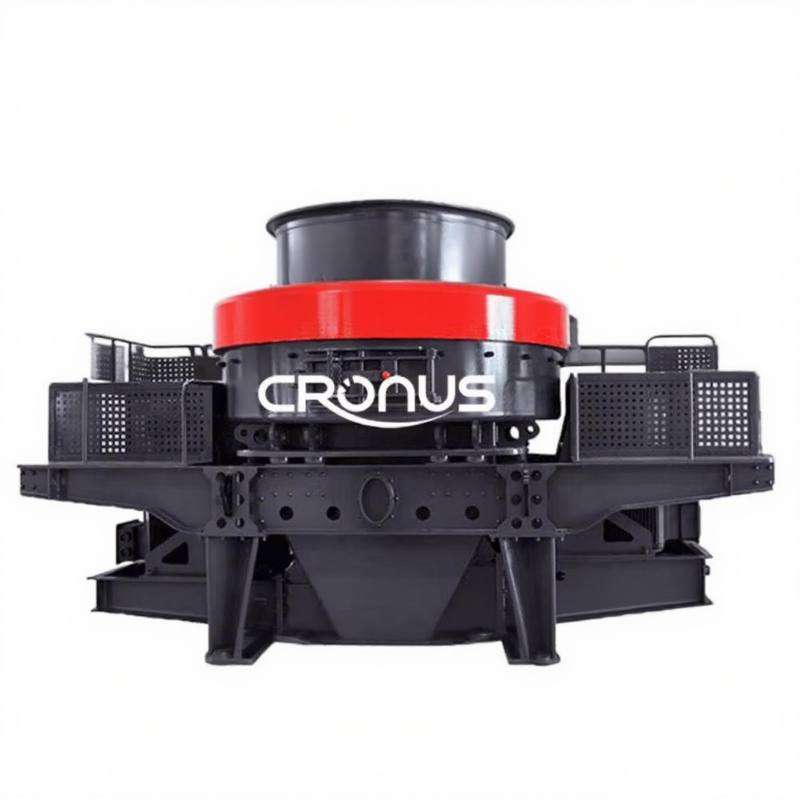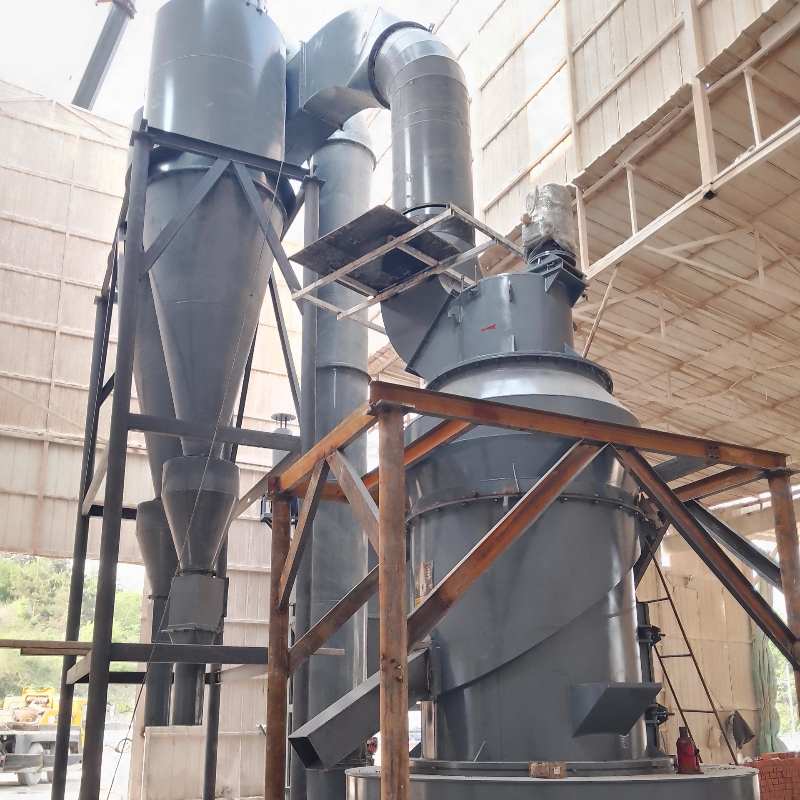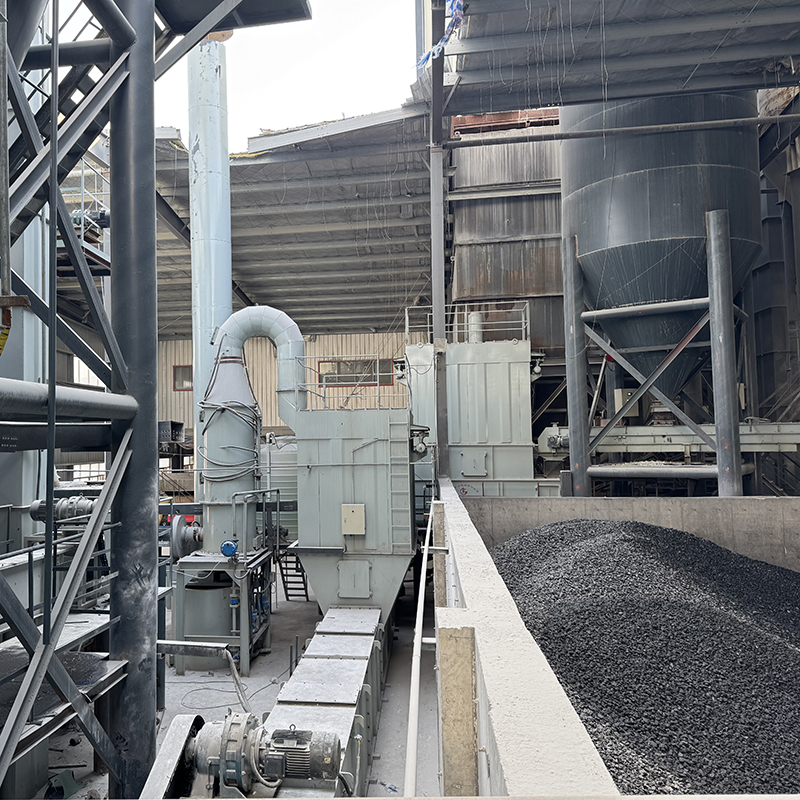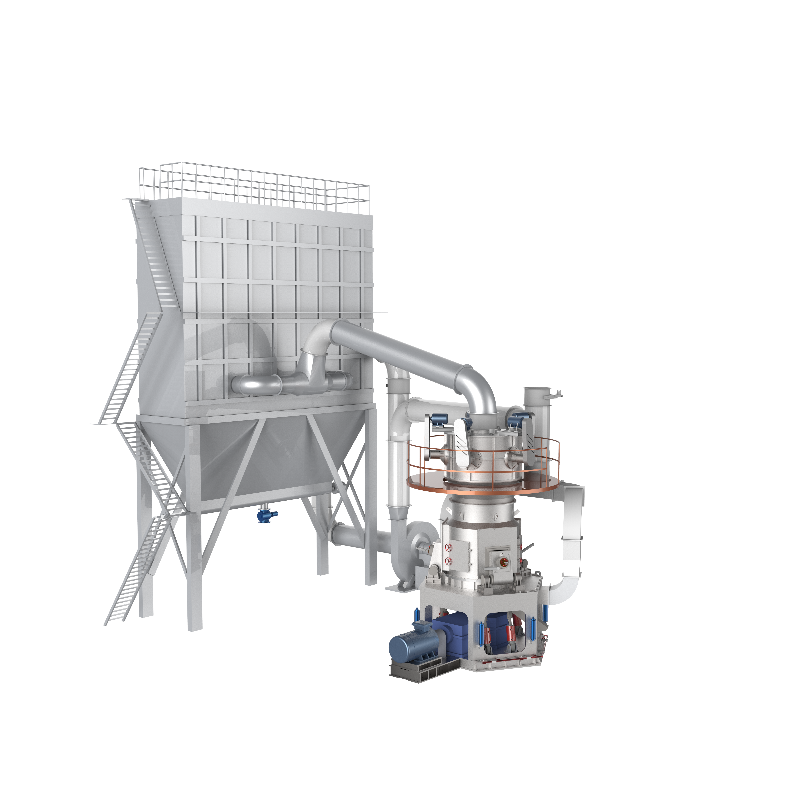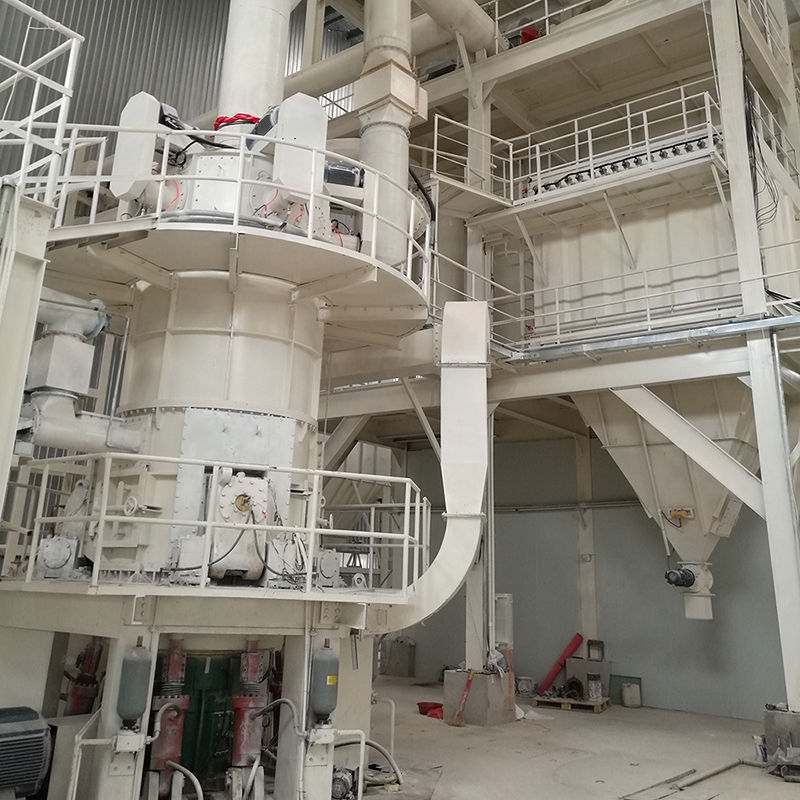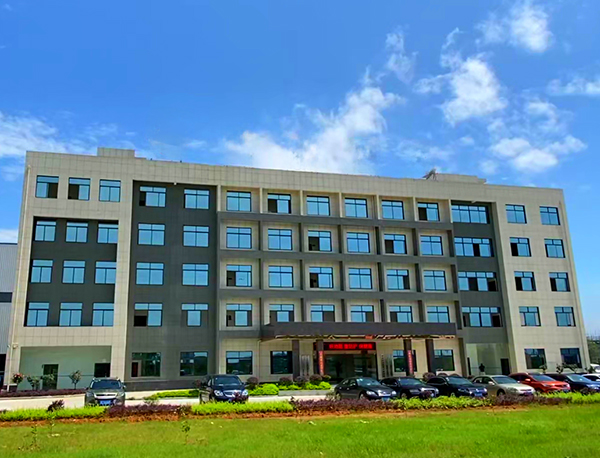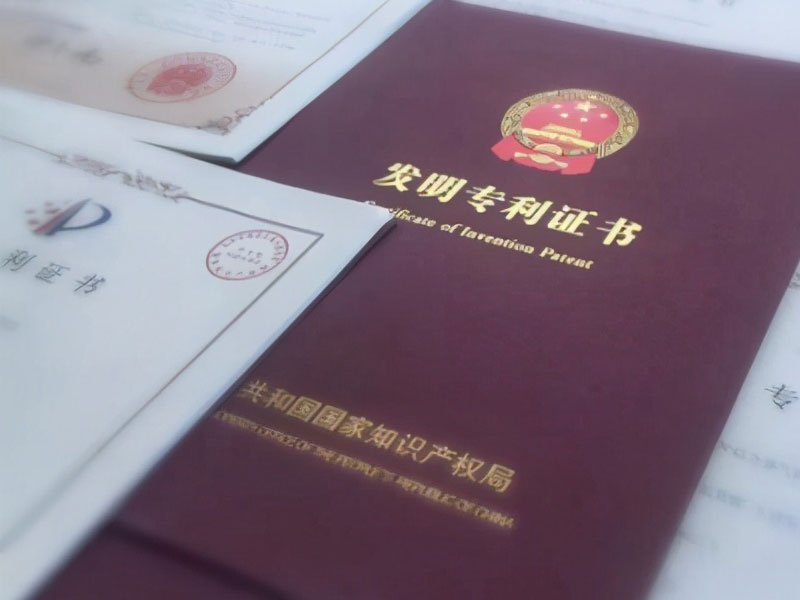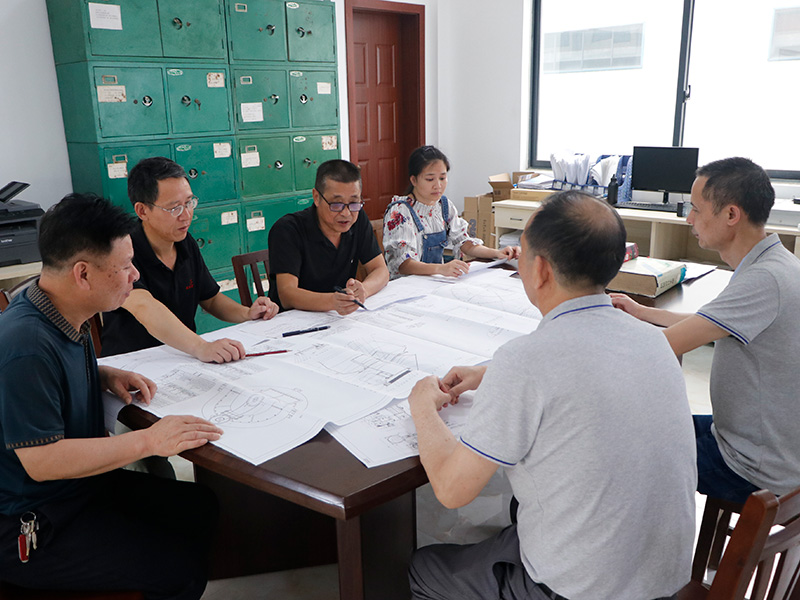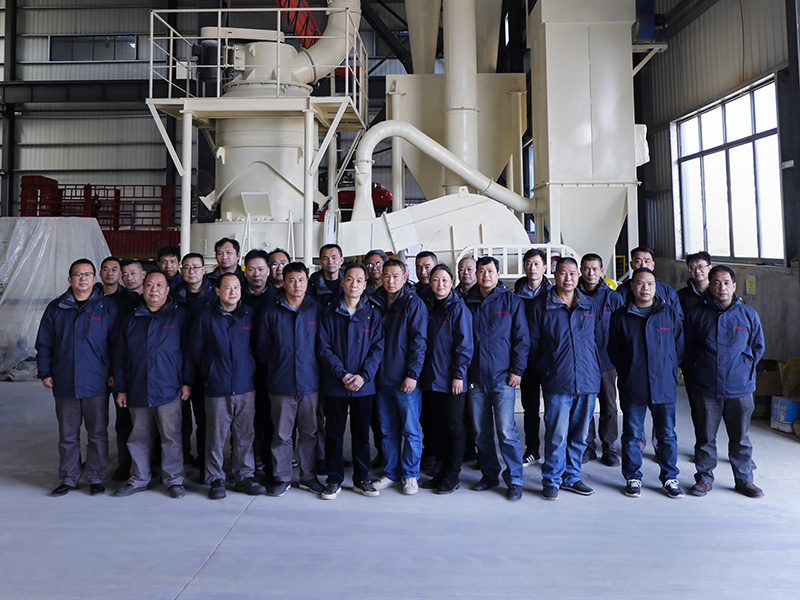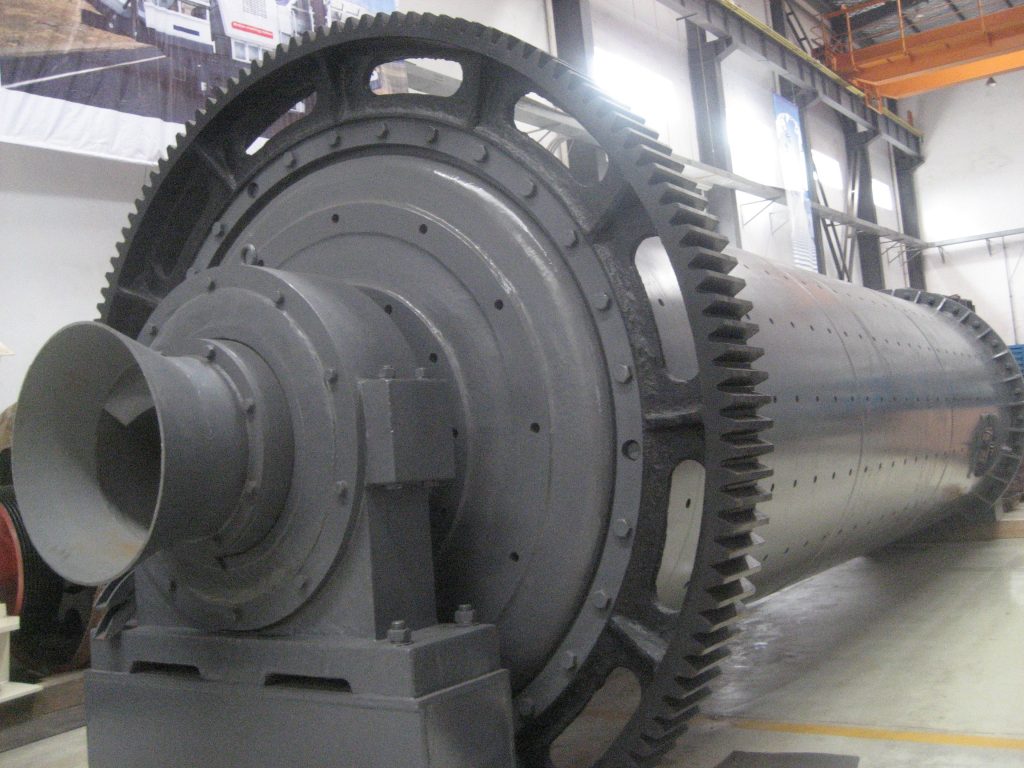
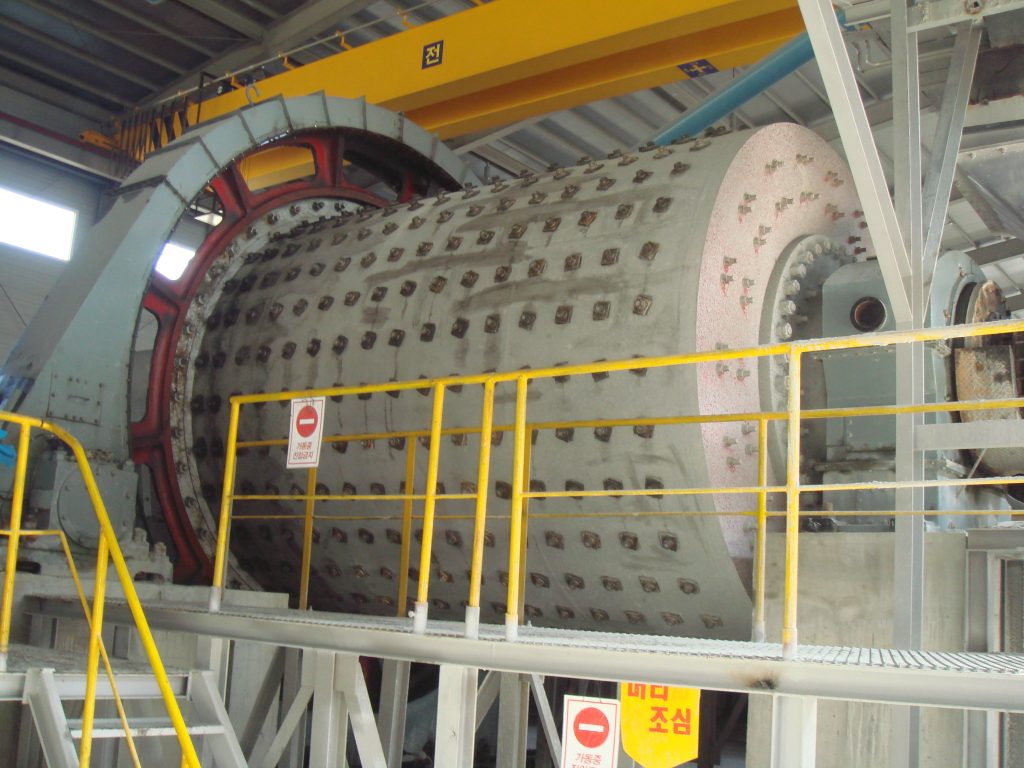
Gold ores vary significantly in their geological characteristics. Some are hosted in hard rock deposits within quartz veins, others occur as alluvial (placer) deposits in riverbeds, and many consist of oxidized ores that require specialized processing techniques. Gold mining extends beyond mere excavation; it encompasses efficient comminution and mineral processing to maximize gold recovery.
Why is grinding critical in gold mining?
Following primary crushing, gold ore must be reduced to fine particles to enable effective application of downstream recovery methods such as flotation, gravity separation, and cyanidation.
• Finer particle size generally correlates with higher gold recovery rates.
• Different ore types are best processed using specific grinding mills.
• Inadequate equipment selection may result in gold loss and excessive energy consumption.
Therefore, selecting an appropriate grinding mill is essential for the economic and operational success of a mining project. Among available options, the ball mill has emerged as the most widely adopted solution, tailored to suit various deposit types, production scales, and budgetary constraints.
Gold Ball Mill
The gold ball mill is renowned for its robust grinding capacity and is extensively employed by large- and medium-scale gold mining operations in countries such as the United States, Australia, South Africa, and Ghana. It can process feed rates ranging from 1 to 615 tons of gold ore per hour, producing a final product size of 20 to 200 mesh (0.074–0.089 mm). This equipment is particularly well-suited for the fine grinding of hard rock gold ores prior to chemical extraction processes.
Gold ball mills are capable of efficiently processing a wide range of common gold ore types, including:
• Quartz vein gold ore – typically hard and fine-grained, requiring fine grinding for liberation.
• Gold oxide ore – relatively brittle; grinding enhances leaching efficiency.
• Sulfide-associated gold ores (e.g., pyrite) – require sufficient grinding to liberate encapsulated gold particles.
• Alluvial or black sand gold ore – grinding facilitates the separation of gold from associated minerals.
• Mixed ore types – containing both oxide and sulfide components, necessitating consistent and stable grinding performance.
Working Principle:
The gold ball mill operates through a motor-driven rotating cylindrical chamber. Inside, steel grinding media are lifted by the rotation and subsequently cascade down, generating impact and abrasive forces that reduce the ore to a fine powder. Properly sized material is discharged from the mill, while oversized particles are recirculated for additional grinding.
Advantages of the Gold Ball Mill:
• Suitable for continuous grinding operations across varying production scales.
• Delivers consistent fine grinding performance, contributing to improved gold recovery.
• Durable construction with a robust cylinder and wear-resistant liners ensures extended service life.
• Equipped with rolling element bearings, reducing energy consumption by 15–20%.
• Features a closed-circuit design that minimizes dust emissions, enhancing environmental compliance.
We offer a comprehensive range of gold ball mills in large, medium, and small capacities to meet diverse operational requirements.
Parameter Comparison Table
| Ball Mill Model | CRQM1830 | CRQM2200 | CRQM2400 | CRQM2600 | CRQM2800 | CRQM3000 |
|---|---|---|---|---|---|---|
| Ball Mill Power (kW) | 220 | 320 | 450 | 630 | 710 | 800 |
| Classifier Model | 1 unit FW630/4 | 1 unit FW630/6 | 2 units FW630/4 | 1 unit FW630/6 | 1 unit FW800/4 + 1 unit FW800/6 | 2 units FW800/6 |
| Classifier Power (kW) | 192 | 290 | 384 | 580 | 670 | 764 |
| Coarse Crushing System Power (kW) | 37 | 55 | 65 | 90 | 90 | 110 |
| Conveying & Packaging Power (kW) | 11 | 22 | 22 | 30 | 37 | 37 |
| Air Compressor Power (kW) | 18.5 | 30 | 45 | 55 | 75 | 90 |
| Capacity t/h @ D97:15μm | 2.7 | 4.0 | 5.4 | 8.0 | 9.4 | 11 |
| Capacity t/h @ D97:10μm | 2.0 | 3.0 | 4.0 | 6.0 | 7.0 | 8.0 |
| Capacity t/h @ D97:5μm | 0.9 | 1.3 | 1.8 | 2.7 | 3.0 | 3.6 |

